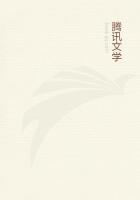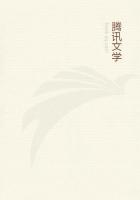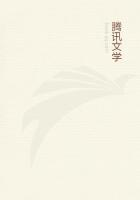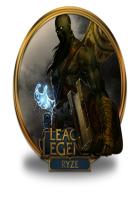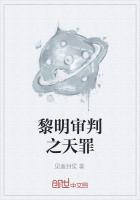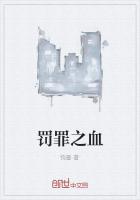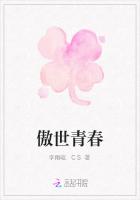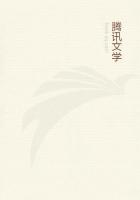"On a certain day also, when the Lord Jesus was playing with the boys, and running about, He passed by a dyer's shop whose name was Salem, and there were in his shop many pieces of cloth belonging to the people of that city, which they designed to dye of several colors. Then the Lord, Jesus, going into the dyer's shop, took all the cloths and threw them into the furnace. When Salem came home and saw the cloth spoiled, he began to make a great noise and to chide the Lord Jesus, saying: 'What hast Thou done, unto me, O thou son of Mary? Thou hast injured both me and my neighbors; they all desired their cloths of a proper color, but Thou hast come and spoiled them all.'
The Lord Jesus replied: 'I will change the color of every cloth to what color thou desirest,' and then He presently began to take the cloths out of the furnace; and they were all dyed of those same colors which the dyer desired. And when the Jews saw this surprising miracle they praised God."The ancients used also a number of tinctures as ink, among them a brown color, sepia, in Hebrew tekeleth. As a natural ink its origin antedates every other ink, artificial or otherwise, in the world. It is a black-brown liquor, secreted by a small gland into an oval pouch, and through a connecting duct is ejected at will by the cuttle fish which inhabits the seas of Europe, especially the Mediterranean. These fish constantly employ the contents of their "ink bags"to discolor the water, when in the presence of enemies, in order to facilitate their escape from them.
The black broth of the Spartans was composed of this product. The Egyptians sometimes used it for coloring inscriptions on stone. It is the most lasting of all natural ink substances.
So great is the antiquity of artificial ink that the name of its inventor or date of its invention are alike unknown. The poet Whitehead refers to it as follows:
Hard that his name it should not save, Who first poured forth the sable wave."The common black ink of the ancients was essentially different in composition and less liable to fade than those used at the present time. It was not a stain like ours, and when Horace wrote "And yet as ink the fairest paper stains, So worthless verse pollutes the fairest deeds,"he must have had in mind the vitriolic ink of his own time.
But little information relative to black inks of the intermediate times has come down to us, and it is conveyed through questioned writings of authors who flourished about the period of the life of Jesus Christ;the Younger Pliny and Dioscorides are the most prominent of them. They present many curious recipes.
One of these, suggested by Pliny, is that the addition of an infusion of wormwood to ink will prevent the destruction of MSS. by mice.
From a memoir by M. Rousset upon the pigments and dyes used by the ancients, it would appear that the variety was very considerable. Among the white colors, they were acquainted with white lead; and for the blacks, various kinds of charcoal and soot were used. Animal skins were dyed black with gall apples and sulphate of iron (copper). Brown pigments were made by mixing different kinds of ochre. Under the name of Alexander blue, the ancients--Egyptians as well as Greeks and Romans--used a pigment containing oxide of copper, and also one containing cobalt.
Fabrics were dyed blue by means of pastel-wood.
Yellow pigments were principally derived from weld, saffron, and other native plants.
Vermilion, red ochre, and minium (red lead) were known from a remote antiquity, although the artificial preparation of vermilion was a secret possessed only by the Chinese.
The term scarlet as employed in the Old Testament was used to designate the blood-red color procured from an insect somewhat resembling cochineal, found in great quantities in Armenia and other eastern countries. The Arabian name of the insect is Kermez (whence crimson). It frequents the boughs of a species of the ilex tree: on these it lays its eggs in groups, which become covered with a sort of down, so that they present the appearance of vegetable galls or excrescences from the tree itself and are described as such by Pliny XVI, 12, who also gave it the name of granum, probably on account of its resemblance to a grain or berry, which has been adopted by more recent writers and is the origin of the term "ingrain color"as now in use. The dye is procured from the female grub alone, which, when alive is about the size of the kernel of a cherry and of a dark red-brown color, but when dead, shrivels up to the size of a grain of wheat and is covered with a bluish mold. It has an agreeable aromatic smell which it imparts to that with which it comes into contact. It was first found in general use in Europe in the tenth century. About 1550, cochineal, introduced there from Mexico, was found to be far richer in coloring matter and therefore gradually superseded the older dyestuff.
Indigo was used in India and Egypt long before the Christian era; and it is asserted that blue ribbons (strips) found on Egyptian mummies 4500 years old had been dyed with indigo. It was introduced into Europe only in the sixteenth century.
The use of madder as a red dyestuff dates from very early times. Pliny mentions it as being employed by the Hindoos, Persians and Egyptians. In the middle ages the names sandis, warantia, granza, garancia, were applied to madder, the latter (garance) being still retained in France. The color yielding substance resides almost entirely in the roots.
Chilzon was the name given by the ancient Hebrews to a blue dye procured from a species of shell-fish.
Herodotus, B. C. 443, asserts that on the shores of the Caspian Sea lived a people who painted the forms of animals on their garments with vegetable dyes:

